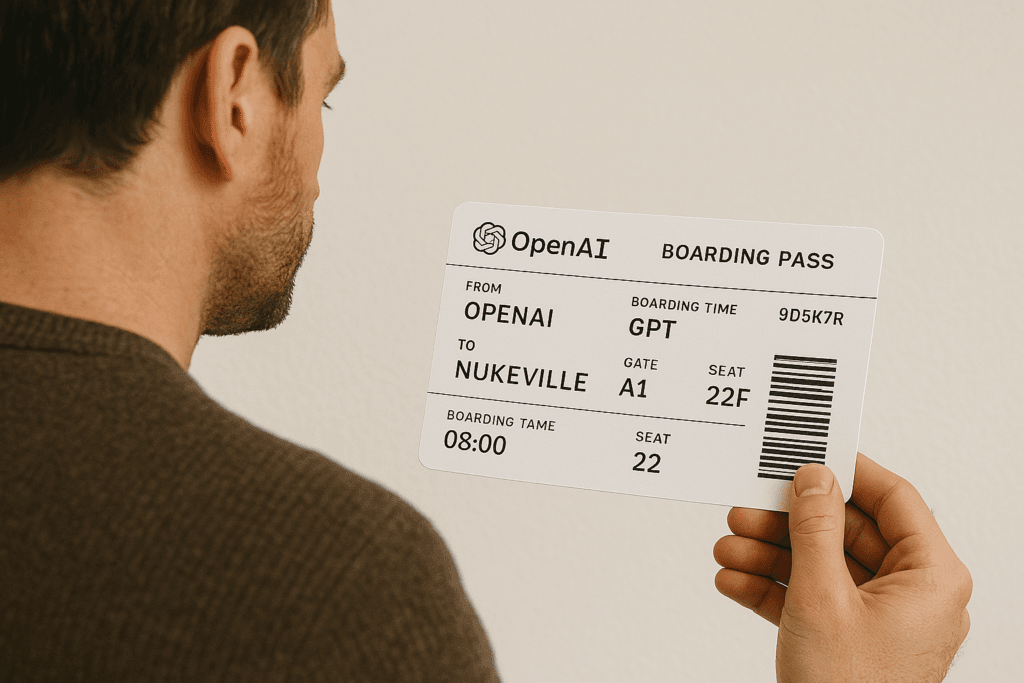
Let me be straight with you: the AI image generation world just got a major shake-up, and OpenAI is leading the charge.
When I first heard about GPT4o’s image generation capabilities, I knew this wasn’t just another incremental update. This looks like a full-blown industry reset button.
What Makes This Different?
Traditional AI image generators have been good – but they’ve had limitations. Midjourney does incredible artistic work. Adobe Firefly offers commercial safety. But OpenAI? They’ve essentially said, “Hold my coffee” and introduced something that feels like it’s from the future.
The key differentiators are mind-blowing:
- Conversational Refinement: Imagine telling an AI, “Hey, add a hat to that cat” and it just… does it. Perfectly. Without losing the original image’s style or essence. That’s not just generation – that’s collaborative creation.
- Context Awareness: This isn’t about generating isolated images anymore. GPT4o can use your entire chat history, previous images, and contextual nuances to create precisely what you want.
- Technical Precision: We’re talking 4K resolution with text placement so accurate it can generate complete restaurant menus or infographics. Most competitors are still struggling with basic text rendering.

Industry Implications
For marketing teams, game developers, and educators, this is revolutionary. Want consistent character designs? Done. Need instructional diagrams with embedded explanations? No problem. Iterative team feedback via shared workspaces? It’s here.
The pricing and accessibility are equally disruptive. While competitors like Midjourney charge $10-$120 monthly and Adobe Firefly sits at $5.74, OpenAI is offering image generation across all ChatGPT tiers – including a free option.
The Real Game Changer: Multimodal Intelligence
What truly sets GPT4o apart is its multimodal approach. This isn’t just an image generator – it’s an intelligent system that understands context, can process multiple input types, and creates with remarkable consistency.
Most exciting? OpenAI has positioned this as more than a tool. It’s a collaborative platform that adapts to your creative workflow.

Key Feature Comparison
Here’s a detailed comparison of leading tools compared to OpenAI’s new GPT-4o-powered system:
| Feature | OpenAI GPT-4o Image Generation | Other Leading Models (Midjourney, Adobe Firefly, Jasper) |
|---|---|---|
| Core Architecture | Native integration with GPT-4o’s omnimodal framework37 | Specialized standalone models (e.g., Midjourney v7, Adobe Firefly 3)26 |
| Text Rendering | Accurately renders complex text elements (e.g., full restaurant menus)35 | Limited text integration; often requires post-editing16 |
| Context Handling | Uses chat history and uploaded images for context-aware generation34 | Primarily processes single prompts without conversational refinement12 |
| Object Binding | Maintains attribute consistency for 15-20 objects per prompt47 | Struggles beyond 5-8 objects; frequent color/shape mismatches4 |
| Multimodal Input | Supports image-to-image transformations and hybrid text+visual prompts7 | Mostly text-only input (exceptions: Adobe Firefly’s style references)6 |
| Commercial Use | No explicit commercial safety certifications mentioned | Adobe Firefly guarantees commercial safety via Adobe Stock-trained model6 |
| Accessibility | Free tier available (3 images/day); integrated into ChatGPT interface45 | Midjourney requires Discord access; Adobe/Jasper use subscription walls26 |
| Professional Tools | Iterative refinement via chat, transparent backgrounds, multi-panel comics35 | Adobe Firefly integrates with Photoshop; Jasper offers marketing templates |
A Word of Caution
While OpenAI is making waves, let’s not completely dismiss other players. Adobe Firefly still leads in commercial safety, and Midjourney remains king for pure artistic stylization.
But make no mistake: OpenAI has just served formal notice to the entire AI image generation industry. The bar has been raised, and everyone else is now playing catch-up.
Stay curious, stay creative.
- Written by: Barry Freeman
- Posted on: March 26, 2025
- Tags: Artificial Intelligence, creativity, image generation, infographics, openAI
